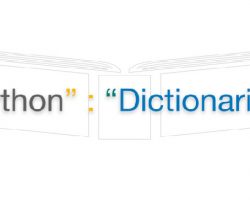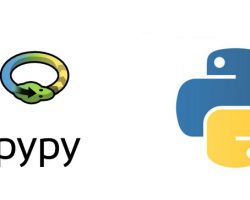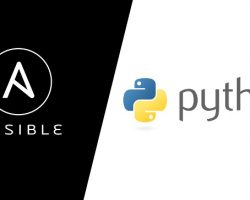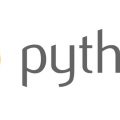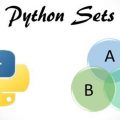In previous articles on this blog, we’ve discussed Python tuples and lists. Today we’ll be talking about another useful Python data type: dictionaries.
Understanding Python Dictionaries
Unlike lists and tuples, which are both sequence types, a Python dictionary is a mapping object which is also mutable. Objects which...
Read more
Python sets and dictionaries
